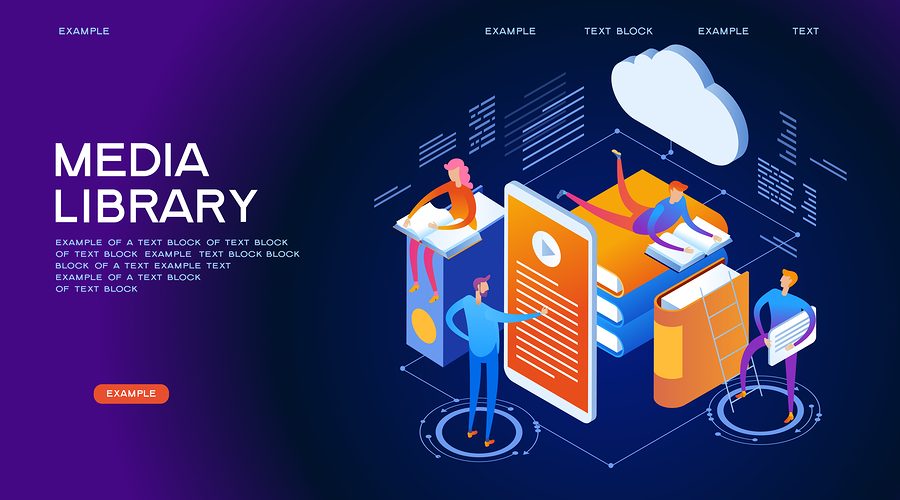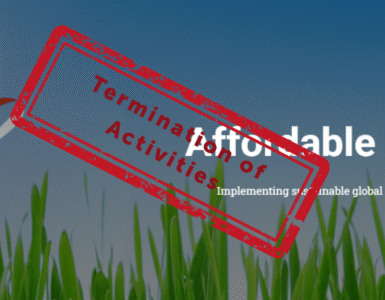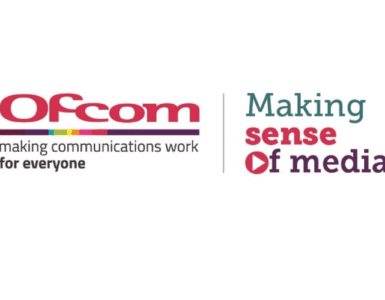At last week’s joint meeting of the European Commission’s Media Literacy Expert Group and the AVMSD Contact Committee there were two main points up for discussion. The first was on the development of common principles for the acquisition of media literacy skills and the second was about the establishment of an online media literacy library/learning centre.
Clearly one of the driving forces for the discussion of media literacy skills lies in the fact that the AVMSD (audiovisual Media Services Directive) directly requires members states to tackle media literacy at a policy level. This means that someone – and presumably this is the European Commission – is going to have to provide benchmarks by which progress can be measured and compared. While there was little disagreement in the room as to the value of AVMSD in this regard, several people stressed the point that much work has already been done in this area which needs to be taken into account in setting up any new benchmarking frameworks for media literacy.
Discussion on the second point about setting up a useful media literacy platform was proceeded by the presentation of both the BetterInternetforKids and School Education Gateway platforms presumably as a way to show how the experience from such platforms might be used to inform the discussion about a Media Literacy platform. While interesting in terms of structure and use, it was clear to many people in the room that the circumstances and context of both platforms was quite different than the one in which the European media Literacy community finds itself. It was only when a third platform was introduced – the highly successful Mediawijzer Platform from the Netherlands presented by Mary Berkhout – that participants could really see how and why such a European platform might have value. The message from the ensuing discussion was pretty clear. Providing a platform for individual media literacy projects is not particularly required – and certainly based on the Mediawijzer experience – potentially difficult to maintain. What many people agreed could be valuable is a platform that acted as a repository for relevant research findings and for the sharing of information about successful policies and practices carried out by the member states.














